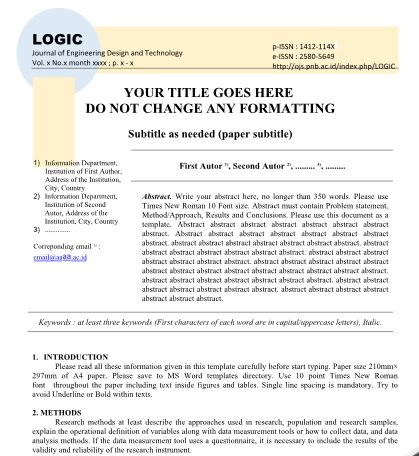Mold Design for Injection Molding Machine Using Recycled Aluminum
Keywords:
aluminum, mould, injection moulding, design, recyclingAbstract
The use of aluminum is widely spread from beverage cans, car parts, airplanes, trains, and household furniture. This is due to its lightweight and good corrosion resistance. However, as a metal aluminum waste is difficult to be decomposed naturally. Aluminum metal takes 80 to 100 years to decompose. So the accumulation of untreated scrap aluminum can pollute the environment. One of the solutions is to recycle aluminum by melting and re-casting it into a new shape: a mold for polymer processing. The waste of beverage cans was cleaned from any dirt and adhesive. Then, they were turned into small parts by a crusher. The melting process was done at 650oC. The molten aluminum was poured into a sand mould in the shape of mould of a tensile testing specimen. The recycled product can be used to prepare tensile testing samples of polymer or polymer-based composite with injection molding technique. To evaluate the quality of recycled aluminum, a hardness test was done with a value of 69.31 + 3.02 HB. This value is lower than first-use aluminum. This is due to a combination of microstructural changes due to repeated heating, the presence of additives and impurities, and the effects of heat treatment and open cooling. Metallographic testing was carried out to evaluate the microstructure of the material resulting from the smelting of scrap aluminum using sand molds. In this test, the etching solution used consisted of 100 ml of water and 20 g of sodium hydroxide. The results of the metallographic images on the recycled aluminum material show the presence of a stand-alone silicon (Si) element and an aluminum-copper alloy (CuAl₂).








